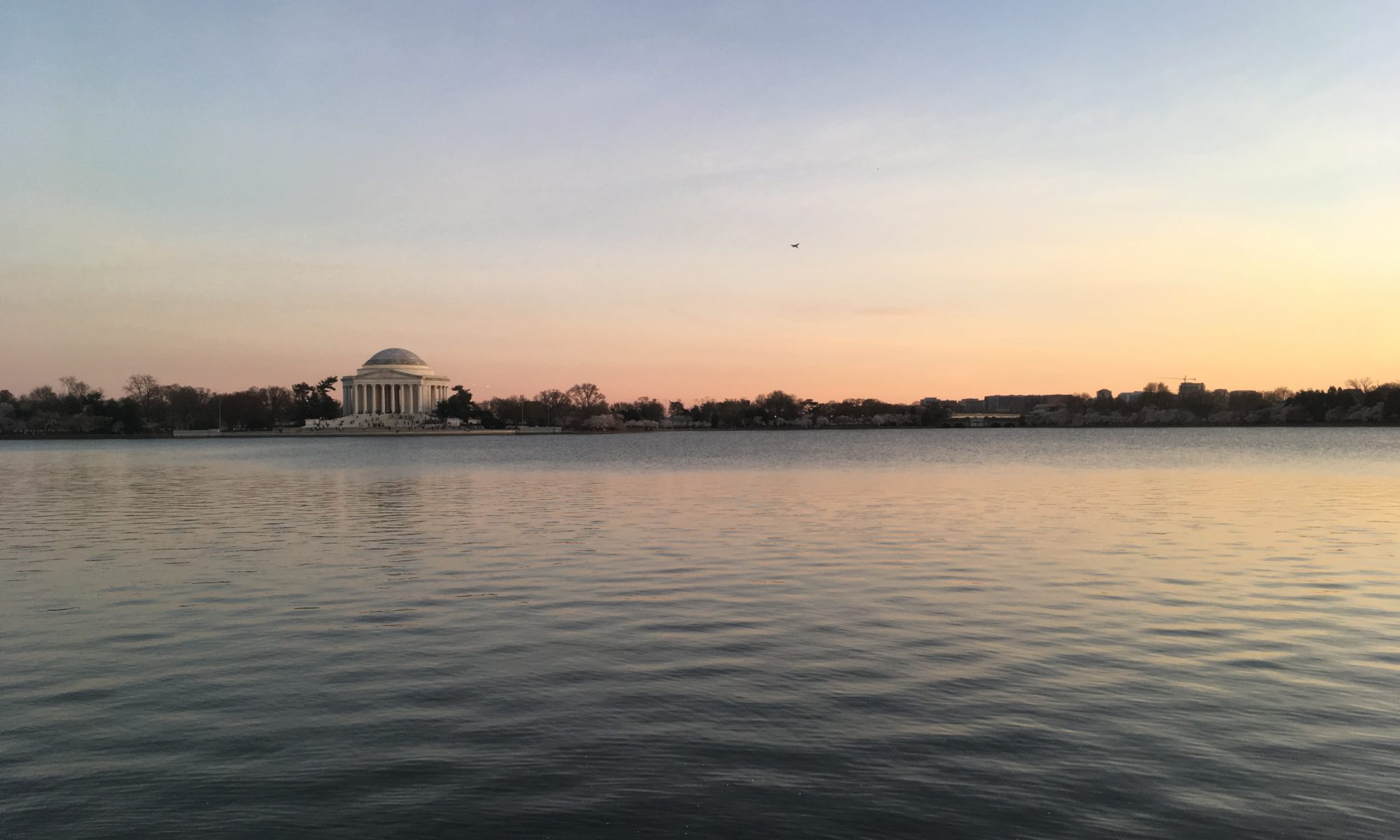
『さくら新聞』(DCとヒューストンのコミュニティ・ペーパー)における連載の最新記事です。米国のインフレは収まる気配がなく、関税による物価上昇の懸念も高まる一方です。日本のお客様や雇用主がいる米国在住の方にとっては、根強い円安がさらなる打撃となっています。これまでどおりビジネスを運営するためには、製品やサービスの価格を上げなければならない方も多いでしょう。そこで第14回では、値上げを丁寧に説明し、お客様の理解を得る方法について取り上げます。
“Compassionate Phrases in English (#14): How to Explain Why You Need to Increase Your Prices”
Here’s the latest for my column in “Sakura Shimbun,” a Japanese community paper in DC and Houston. Inflation in the United States shows no signs of slowing down, and we are all worried about the likelihood of tariffs resulting in even higher prices. For U.S.-based individuals who have Japanese customers or employers, the weak yen continues to worsen an already dire situation. Many people may have no choice but to raise the price of their products or services in order to continue operating their businesses. In this issue, I discuss how to explain price increases logically yet respectfully, in a way that would gain customers’ understanding.
The article is also online here.
米国のインフレは全く収まる気配がありません。関税による物価上昇の懸念も高まる一方です。日本のお客様や雇用主がいる米国在住の方にとっては、根強い円安がさらなる打撃となっています。これまでどおりビジネスを運営するためには、製品やサービスの価格を上げなければならない方も多いでしょう。そこで今回は、値上げを丁寧に説明し、お客様の理解を得る方法について取り上げます。
加工食品などを売っている場合、原材料の価格高騰、流通における課題などによって最終製品の料金も上げざるを得ないのは、消費者もよくあることとして理解していると思います。Due to the avian flu outbreak, we have had to temporarily raise the prices of our omelets. や、Because of the challenge in obtaining flour, a key ingredient for our bread, we have made the difficult decision to raise its price. などといった説明ができるでしょう。
より難しいのは、人件費など、外部から見えづらい理由で料金を上げる場合です。フリーランスで働いていて、生活が厳しくなったときなどは、Due to the higher cost of living in recent years, I have decided to increase my daily rate, and humbly ask for your understanding. などとお客様にお願いできます。組織内での人件費について対外的に説明するときには、We apologize for the higher prices—they are the result of our endeavor to ensure that our employees’ salaries match industry standards. などと言えます。さらに、As a family-owned business, we cherish the employees who have worked for us for decades, and appreciate your investment and trust in us. などと補足すれば、理解を得やすいでしょう。
値段はそのままにしつつ、製品やサービスの中身を見直すことも可能です。市場に大きく出回っている製品はいつの間にか一袋あたりの個数が減ったりしていますが、個人的なビジネスのやり取りでは、きちんと変化を報告した方が誠意が感じられるでしょう。As you know, our design package previously included three rounds of edits, but we have recently updated that to two. If you are unhappy with the final version, a third round can be added for $100. などと、何が変わったかを明確にするとよいでしょう。Some past clients have told us that they did not need three rounds, so we believe this update would be more efficient in terms of time and cost. などと合理的に説明できれば、批判されにくく、お客様の声に耳を傾けるビジネスとして逆に評価されるかもしれません。
誰もが経済的に苦しい中、値上げをするのはリスクのように感じられます。でも、誠意をもってきちんと説明すれば、きっとお客様の理解を得られ、信頼関係の強化につながるでしょう。









